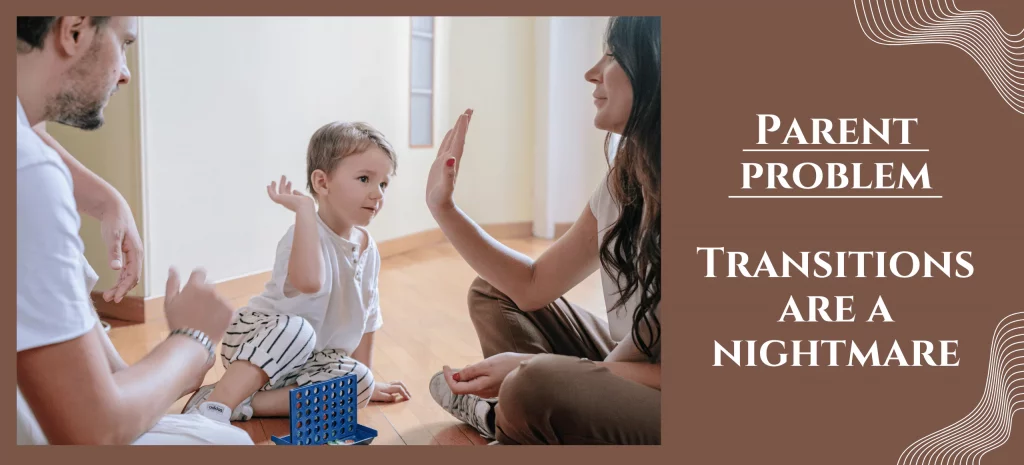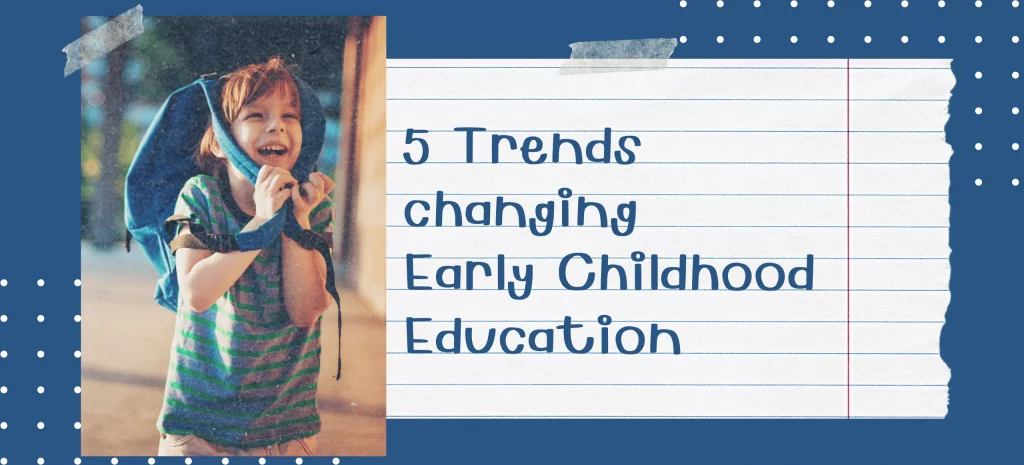“Preschool art is the art of repetition,” says Maigualida Osorio, director of Small Fry Preschool in Ancaster, Ont. Predictability feels safe, she says, especially for kids who are pre-verbal or working on language skills. This sense of security instills confidence in toddlers and preschoolers, which is why most preschools keep their routines as simple as possible, with consistent snack, lunch, playtime, and nap times, day after day. If you work full-time, it’s tempting to try to cram as many activities into the weekend as possible. But if possible, minimize the number of transitions during the day and schedule weekend activities around the same time your toddler or preschooler will be active during day care.
Daily care fix: Capture your routine in pictures
Donna Freeman, director of the Discovery Children’s Center in Winnipeg, uses charts and illustrations to help her preschool children visualize their daily routines, and parents can do the same at home. He initiated an online program called Boardmaker to create infographics with pictures of daily activities (playing, eating, using the bathroom, sleeping). He further says parents can customize their charts with pictures of their children doing these activities.
Kindergarten repair: Give warning
Being interrupted during an activity can be irritating for anyone, but it can feel like the end of the world for children who don’t yet have the skills to manage their frustration. Still, we can’t always afford to move from point A to point B during our children’s time. So do what ECEs do: Offer a warning before starting a new activity. Teachers at Freeman’s Kindergarten Center will flash lights or sing a song to indicate transitions. He suggests parents do the same with visual or audio cues, such as sand timers or a smartphone alarm. “Tell your child way ahead before the timer goes off, it’s time to clean up,” says Freeman. “Kids are more accepting of transitions when they know what’s coming next.”
The Day Care Fix: Create the Illusion of Choice
Lack of control is a big reason why some kids fuss around transitions. Ashley Imrie, an ECE at Glenora Child Care Society in Edmonton, gets around this by offering what she calls a false choice. He asks, “Do you want to wash your hands now? Or do you want to wash your hands in two minutes?” This shifts the focus from feeling out of control to feeling back in control, she says. “But the result is the same.”
Nursery Fix: Make it Fun
Meike VanGerwen, an ECE at the University of Toronto Early Learning Centre, eases the transition by helping the children in her care envision the future activity positively. As she leads the children through the transition, she might say something like, “What are we going to play with when we get to the playground?” Be creative and tailor your comments to your child’s interests. For example, if your son likes cars but hates the idea of having to stop playing with cars to take a bath, turn the tub into a dishwasher. “Kids are incredibly creative,” says VanGerwen. “Use their imagination to your advantage.”




